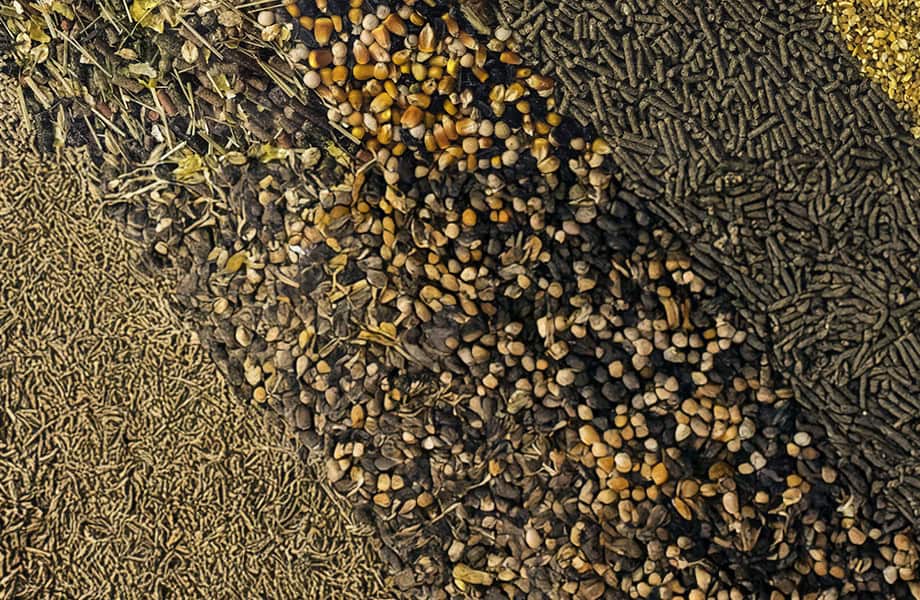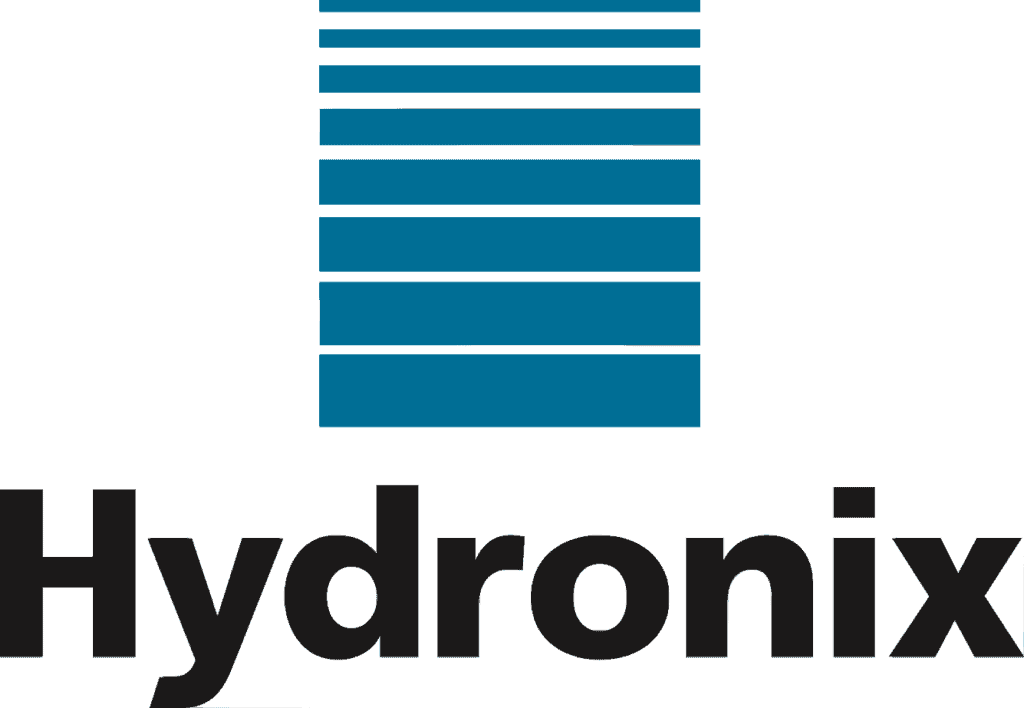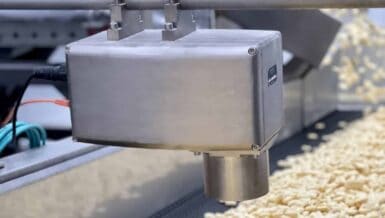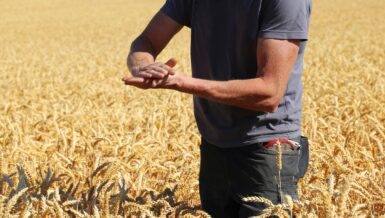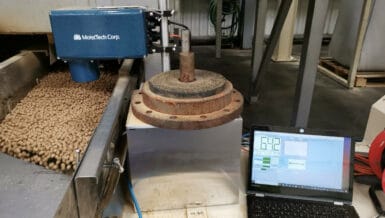One of the big challenges in the animal feed industry is the number of different formulations that can be produced by a single plant.
For each batch, it is essential to ensure that the quality of the product is correct so that the animals are fed a balanced nutritional diet optimised for their type and stage of development.
For this reason, moisture sensors are often used in conjunction with a control system that manages the formulation parameters. Controlling and measuring the moisture enables the correct calibration for each of the different formulations.
Moisture control is a key factor in ensuring the final feed is palatable, retains its nutrients, and is consistent.
Benefits of Moisture Control:
- Improve nutritional consistency
- Reduce spoilage and waste
- Improve shelf life
- Optimise pellet durability
- Increase plant efficiency
- Reduce process downtime
Where to Measure Moisture
Effective moisture control of the entire process requires the installation of online moisture measurement sensors in several different positions.
In Figure 1, the green arrows show suggested sensor locations. The numbers within the arrows relate to each point below.
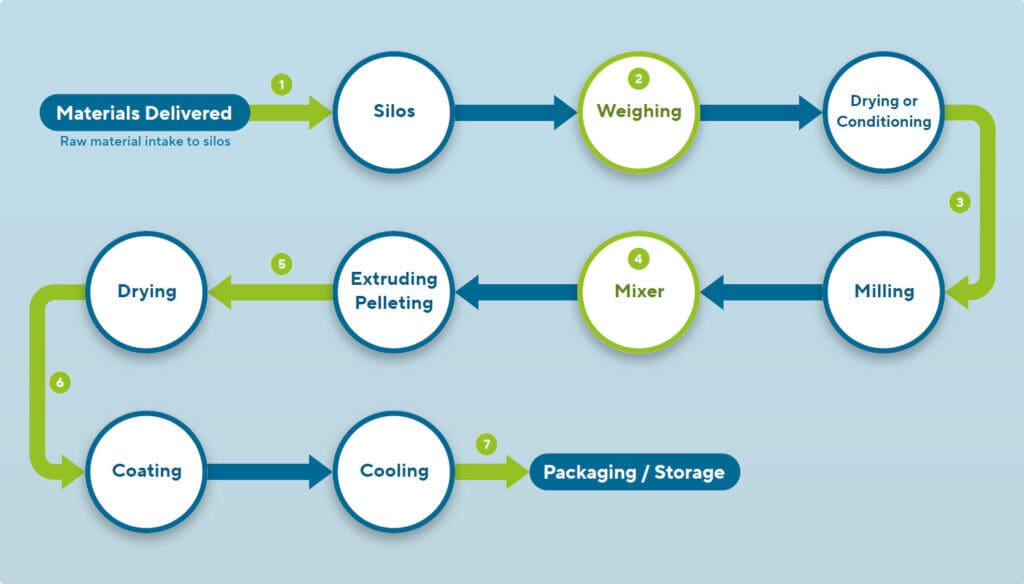
Recommended Installation
Hydro-Mix XT in a feed mixer
The Hydro-Mix XT sensor is installed in the mixer end wall to ensure the mix has the correct moisture, is mixed homogeneously, and is ready for the next process stage.
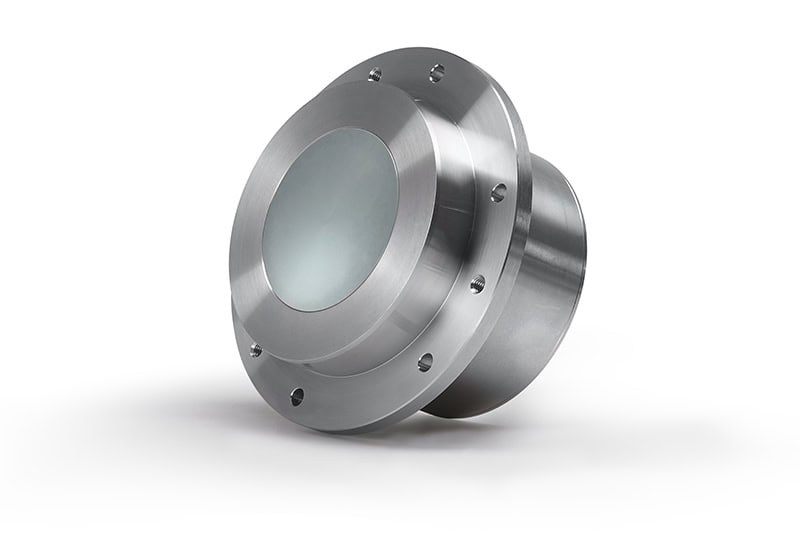
Conclusion
Animal feed comes in all shapes and sizes and has many different formulations. Moisture measurement is a vital element of the plant to ensure the efficiency of the process and provides precise process variables to the control system that can use stored calibration data for different formulations.
Moisture measurement is also important for a quality controller to ensure the feed is palatable, retains its nutritional value, and has a suitable shelf life.



